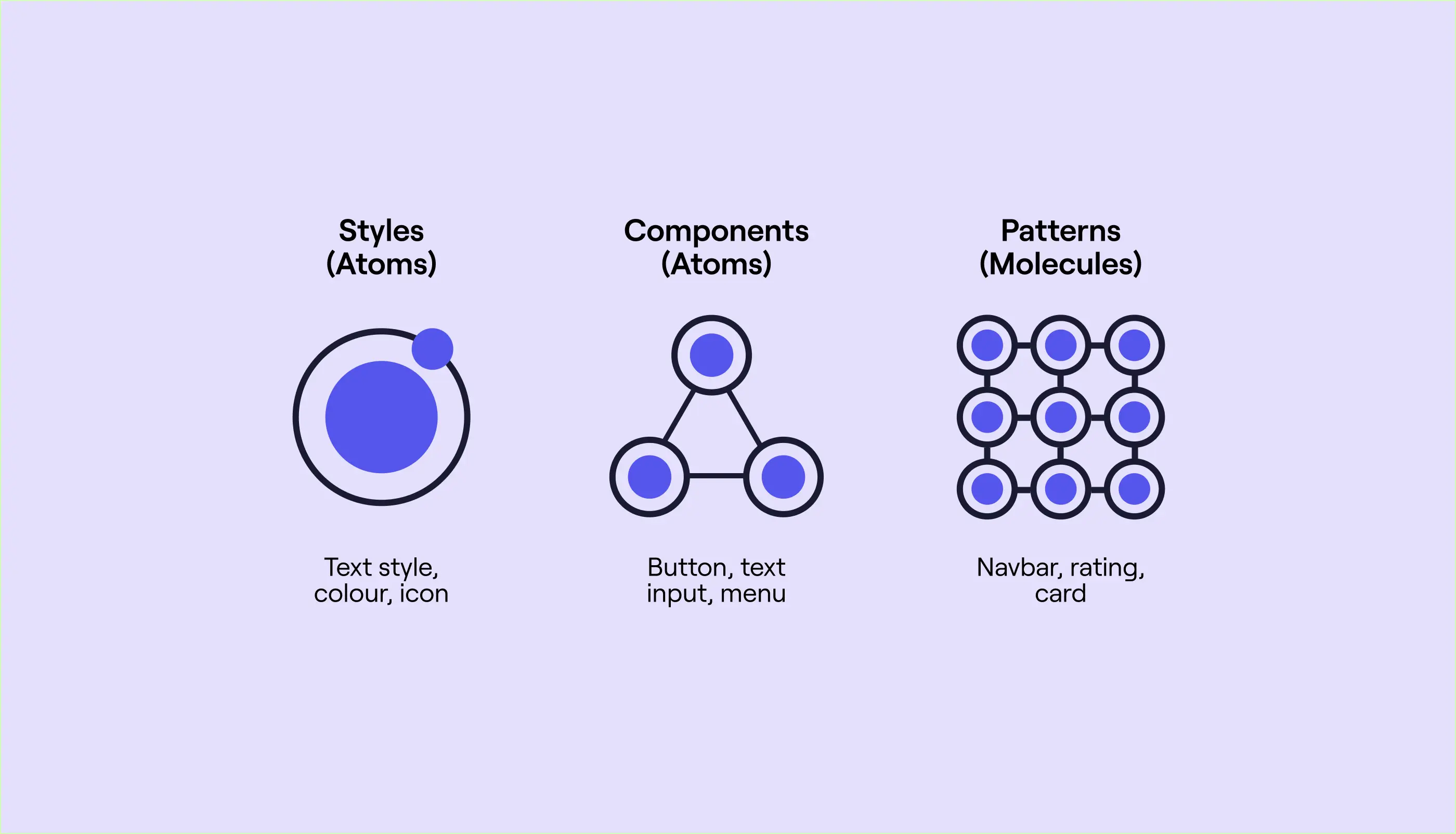Front-End Development Trends in 2025: What Every Developer Should Know
27 August 2025

Building a scalable design system is essential for teams that want to grow efficiently while maintaining a consistent user experience. In 2025, companies are moving beyond static style guides to dynamic, code-driven systems that adapt to evolving user needs.
Best Practices for Creating a Scalable Design System:
1. Define a Clear Foundation – Establish design tokens for color, typography, and spacing.
2. Build Reusable UI Components – Buttons, forms, modals, and navigation elements should be consistent and adaptable.
3. Adopt Atomic Design Principles – Break down interfaces into atoms, molecules, organisms, and templates.
4. Use Documentation Platforms – Tools like Storybook or Zeroheight make systems easier to adopt.
5. Automate with Design Tokens – Sync style decisions between Figma, Sketch, and code.
6. Test for Accessibility – Ensure compliance with WCAG standards.
7. Encourage Contribution – Allow designers and developers to contribute, keeping the system evolving.
By following these practices, teams can create design systems that grow with their products, saving time and reducing design debt.